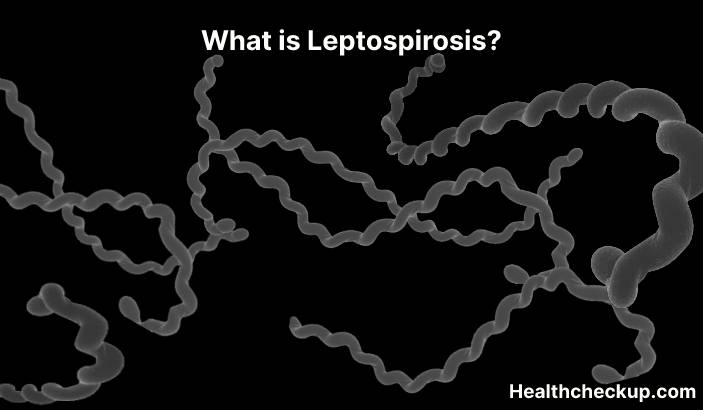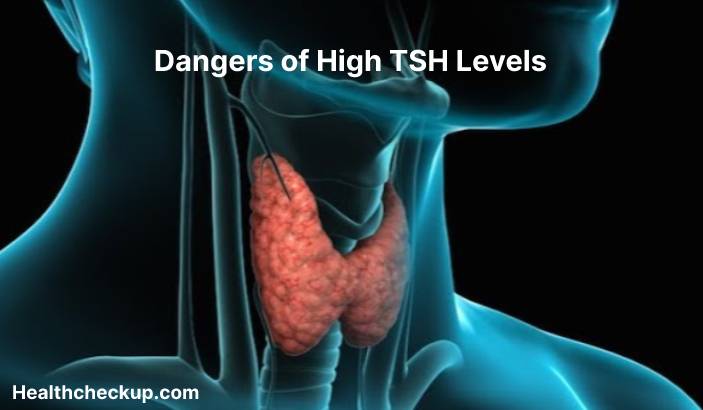Leptospirosis is a bacterial infection caused by the bacterium Leptospira. The bacterium is found in the urine of infected animals, such as rats, and it can be transmitted to humans through contact with contaminated water or soil.
Symptoms of leptospirosis include:
- Fever
- Headache
- Chills
- Muscle aches
- Nausea
- Vomiting
- Rash
- Red eyes
In severe cases, the infection can lead to:
- Jaundice
- Seizures
- Renal failure
- Pulmonary hemorrhage
- Death
Leptospirosis is diagnosed through laboratory tests that detect the presence of the bacterium in a sample of blood, urine, or cerebrospinal fluid. The tests include cultures or serology.
Treatment for leptospirosis include:
- Antibiotics, such as penicillins or tetracyclines
- Supportive care, such as fluids and electrolytes
- Hospitalization
To prevent leptospirosis, it is important to take steps to avoid contact with contaminated water or soil. This includes:
- Washing your hands frequently with soap and water, especially after coming into contact with water or soil that is contaminated
- Wearing protective clothing, such as gloves, when handling animals or their urine
- Avoiding swimming or wading in water that is contaminated with animal urine
There is no vaccine available to prevent leptospirosis.
In conclusion, leptospirosis is a bacterial infection caused by the bacterium Leptospira. It is found in the urine of infected animals and is transmitted to humans through contact with contaminated water or soil. It can be prevented through good hygiene practices and avoiding contact with contaminated water or soil.








